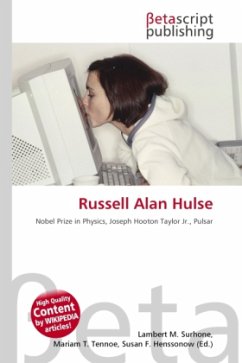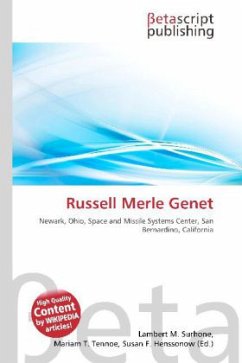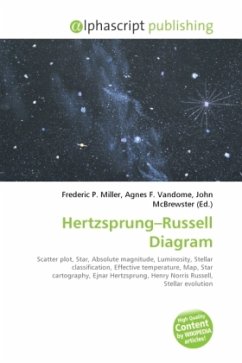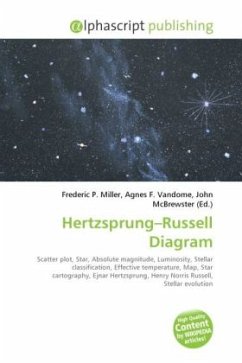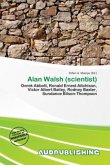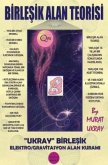High Quality Content by WIKIPEDIA articles! Hulse was born in New York City and attended Bronx High School of Science and the Cooper Union before moving to University of Massachusetts Amherst (Ph.D. Physics 1975). There he worked with Taylor on a large-scale survey for pulsars using the Arecibo Observatory in Puerto Rico. It was this work that led to the discovery of the first binary pulsar. In 1974, Hulse and Taylor discovered binary pulsar PSR B1913+16, which is made up of a pulsar and black companion star. Neutron star rotation emits impulses that are extremely regular and stable in the radio wave region and is nearby condensed material body gravitation (non-detectable in the visible field). Hulse, Taylor, and other colleagues have used this first binary pulsar to make high-precision tests of general relativity, demonstrating the existence of gravitational radiation. An approximation of this radiant energy is described by the formula of the quadrupolar radiation of Albert Einstein (1918).
Bitte wählen Sie Ihr Anliegen aus.
Rechnungen
Retourenschein anfordern
Bestellstatus
Storno

